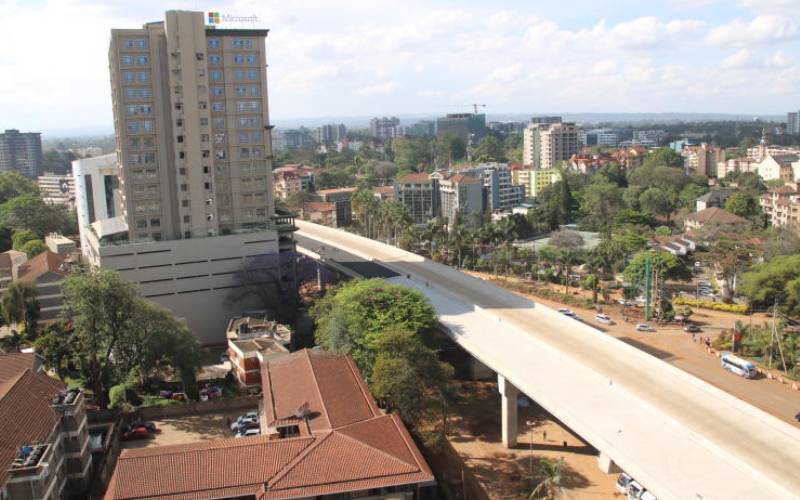×
The Standard e-Paper
Home To Bold Columnists

A section of the Nairobi Expressway. [File, Standard]
“How exactly will the Nairobi Expressway put food on my table?” a disgruntled Nairobian posed this question at a recent event.